A new content alliance
Introducing global media insights
Introducing global media insights of a new kind by The Fix

»We believe the digital transformation of the media-industry is so fundamental that solutions need to be found from scratch.«
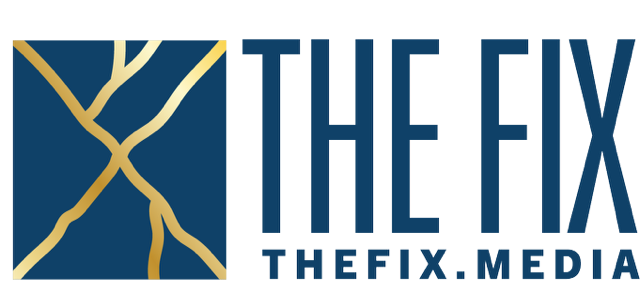
What’s the story behind The Fix?
The media is going through a massive transformation. Advertising revenues are facing a huge restructure while the new way the media is consumed by users and readers has left many publications vulnerable. The effects can be felt around the world. We want to be part of the solution, The Fix, if you will.
Our aim is to be a trade magazine for media professionals who are part of this transformation. We want to focus on the question, how can the media be successful in the future?
So, is The Fix not just interesting for people in the media industry but also for general consumers of media?
We believe the digital transformation of the media-industry is so fundamental that solutions need to be found from scratch. In order to generate the best ideas, we need to look at the entire media business – and not just give voice to editors but also to photojournalists, engineers or product managers. And we’re also interested in insights from other industries and how they can improve our work.
Our aim is to shed light on the media itself, business practices and economic trends. We’ll break down the success stories and uncover what we can learn from the failures. But first and foremost, The Fix will elevate the media discourse to an evidence-based, considered level and that, in our opinion, should also be relevant for the daily reader/user.
Who is behind the FIX platform?
The Fix was founded in 2019 by Polish-born, London-based Jakub Parusinski – business editor and journalist for the Financial Times and The Economist, and McKinsey consultant – Daryna Shevchenko – media manager, journalist, editor and media consultant – alongside managing editor Zakhar Protsiuk – who are both based in Kiev, Ukraine and Csaba Callfy.
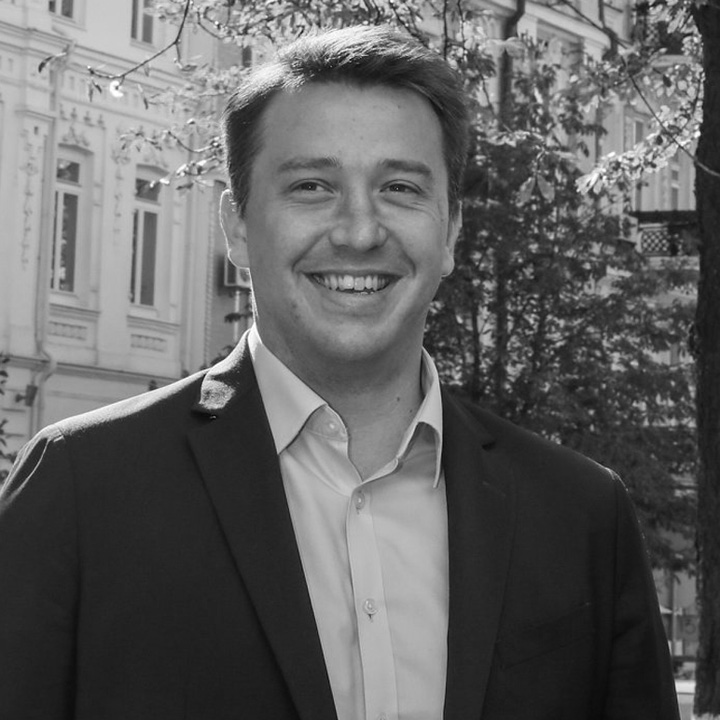
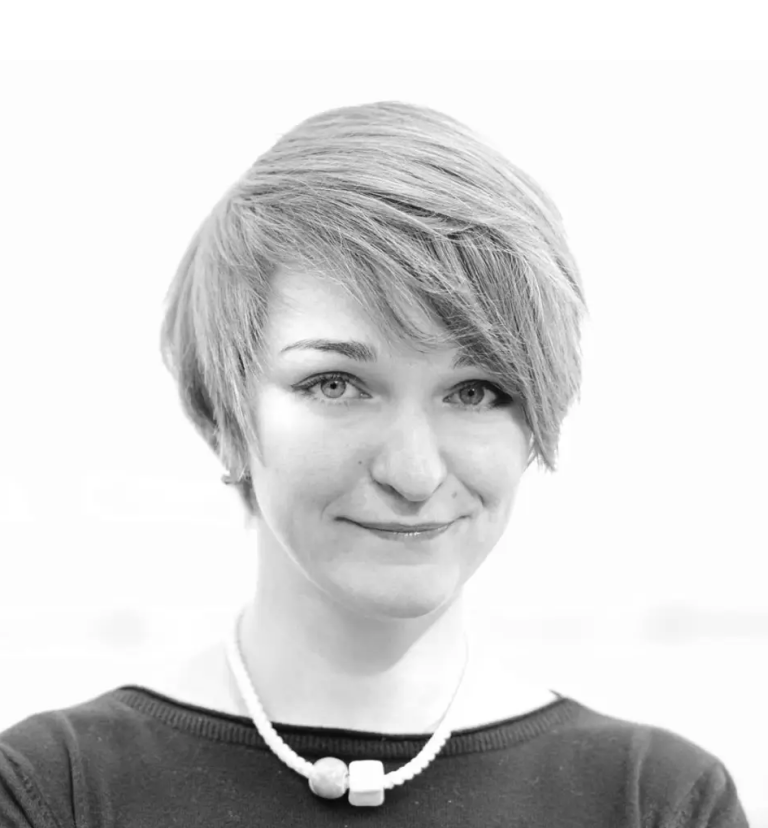


How big is the team and which skills are gathered there?
We have more than 12 writers and editors in the US, Canada, all over Europe from Spain to Ukraine, and from Scandinavia to Turkey. Our chief editorial office is in London, and we have operations in Belgrade, partner management in Kiev, and our project management is based in Stockholm and Ankara. Our experts cover everything from news, media development, technology, audio and podcasts through to service solutions.
Olaf, you are a busy journalist and book author in your own right. What made you decide to join The Fix?
There are three reasons. Firstly, most German platforms report mainly about German media companies, so Germany is quite isolated from the European and the international media community. The Fix can change that. Secondly, the German platforms focus on media personalities, personnel and gossip, but
The Fix will focus on technology, change and digital transformation, solutions and best practice. And thirdly, The Fix is an inspiring network of dedicated, curious, international, diverse, young and not so young journalists. Ultimately, I’m interested in finding out what the media of the future will look like. What will make it relevant and successful?
The digitalisation of the media world is still experiencing a disruptive transition. Which markets (or media brands) lead the way and are truly forward-looking?
The New York Times is certainly one of them. It has the highest number of digital subscribers in the world. The Guardian has also developed a number of very innovative editorial formats. Also, new platforms, social media, audio and podcasts have made many young media outlets successful; this has shifted the market and continues to do so. By the way, German media companies are among the most successful and have the widest reach on TikTok throughout Europe.
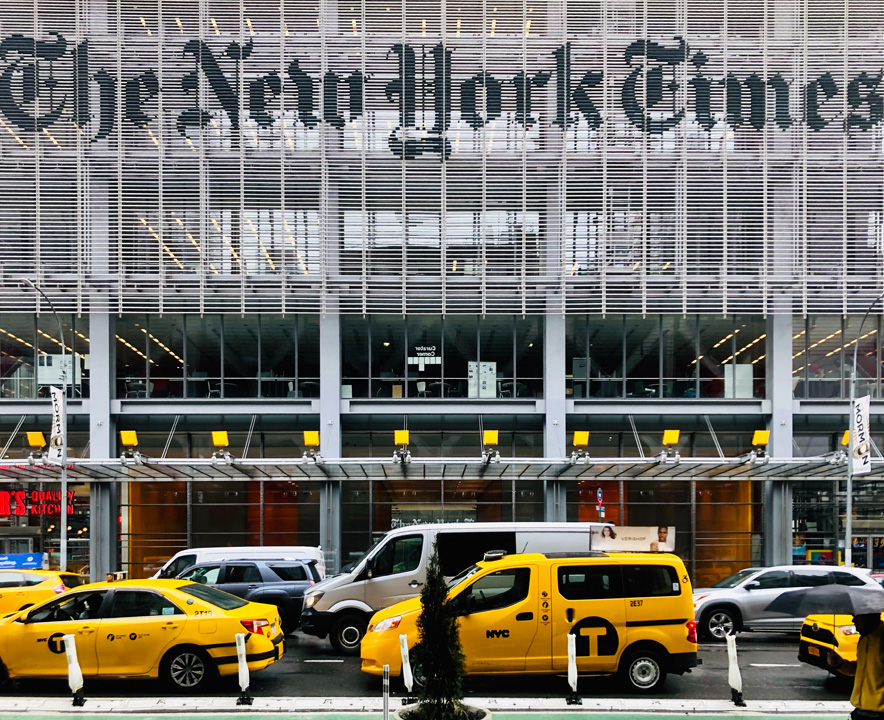
Is AI a blessing or a curse for media brands?
Both! Technology always has a positive and a negative side. This dualism is inherent. So, if you invent the car, you also invent the car accident. But, if we get it right with AI, the opportunities and the benefits will outweigh the negatives.
Which trends or developments in the media should we watch closely in the future?
Aside from AI, there are also automated editorial formats, new editorial services, new individualisation and customisation options, the integration of multimedia and editorial processes, the combination of market research, research and journalism, deep analytics – so we have many exciting developments to look out for.
From now on you will be writing a regular The Fix column for The Educated Cool. What aspects will you focus on?
I will be talking about trends and developments in the media that everyone should know about.
Thank you, Olaf!
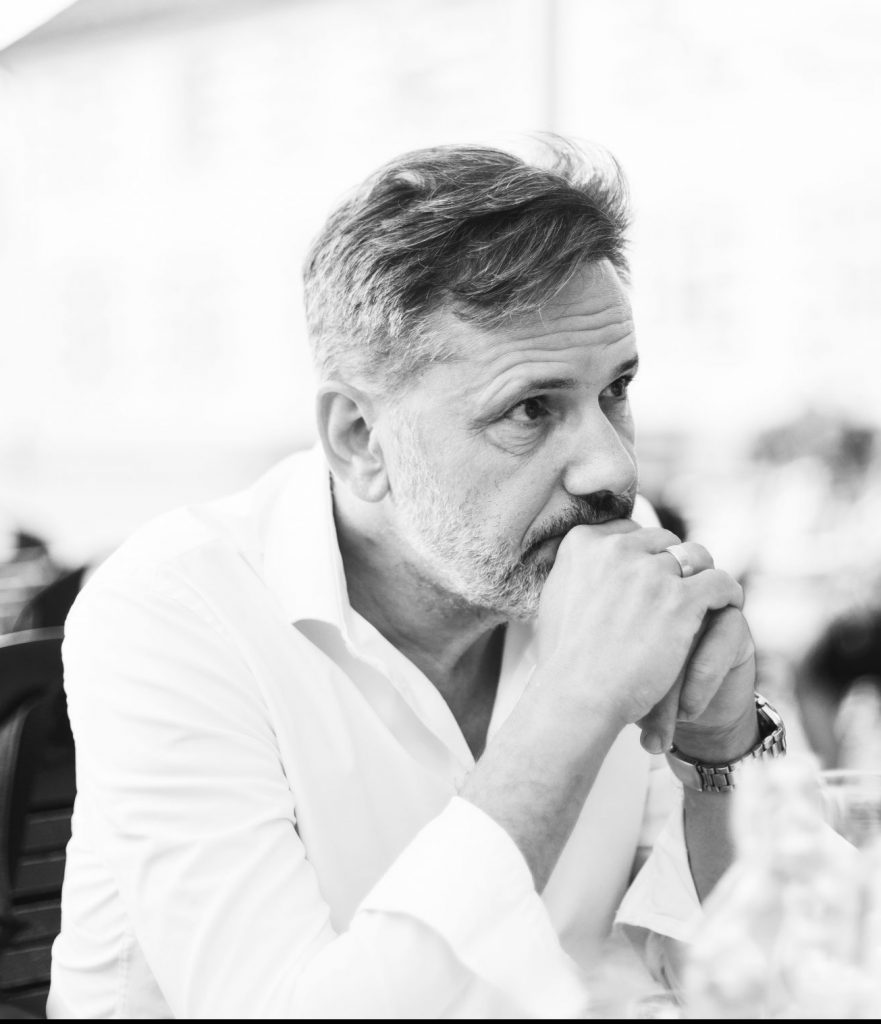


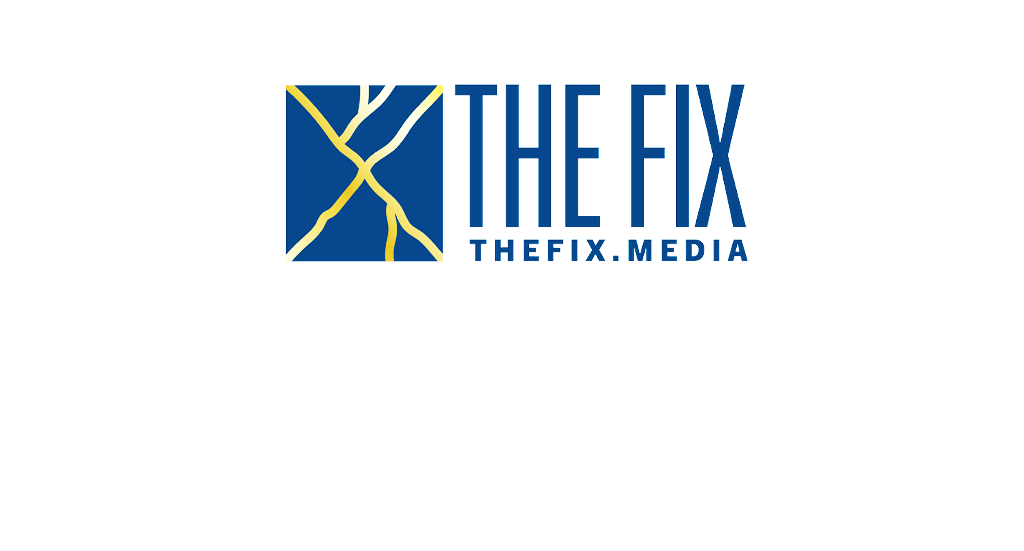
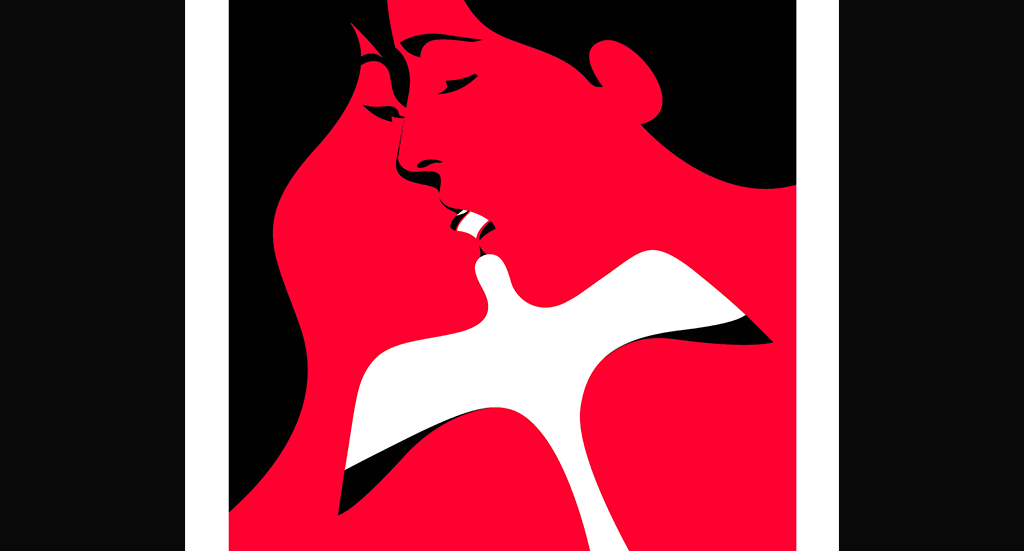
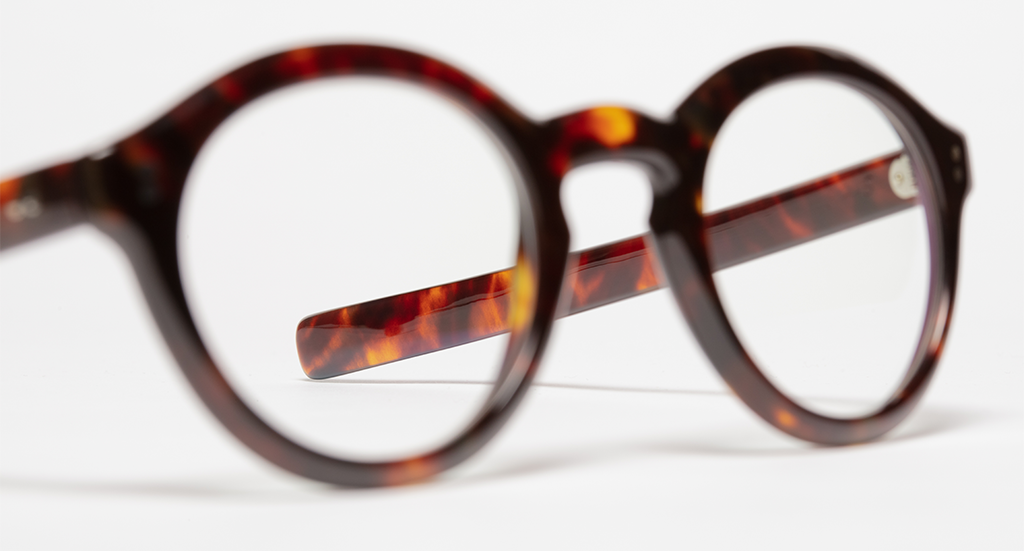

Join our Community